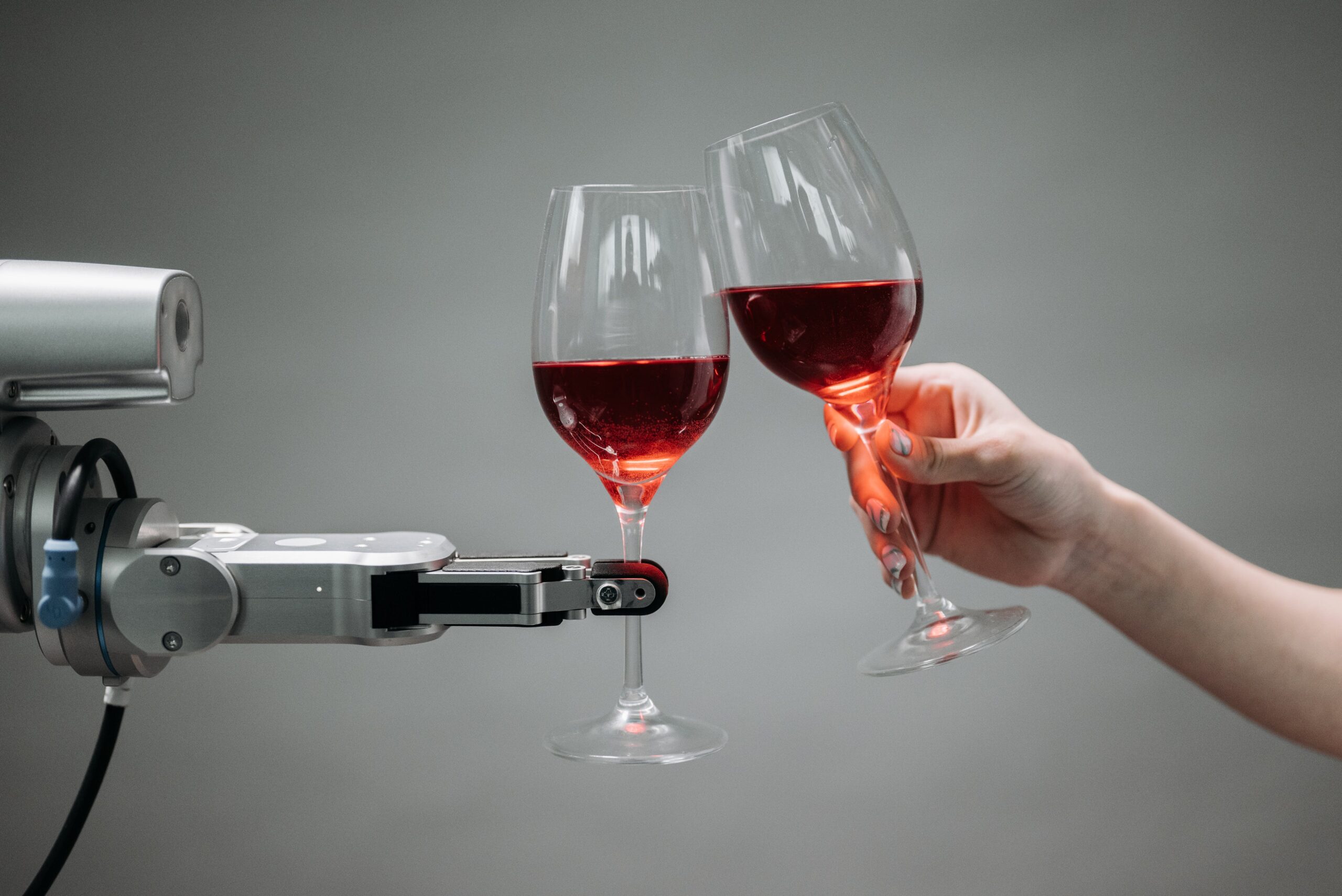
Always propelling technology forward and finding applications across various sectors, robotics emerges as a transformative field. Among the types of robots, articulated robots assume a crucial role. Their impact is poised to revolutionize human experiences. Let’s delve into the details below.
Introduction
Articulated Robots, resembling a single hand in various sizes and functioning based on programming, are a remarkable technological advancement. They play a vital role in time management for tasks beyond human capabilities.
The history of articulated robots traces back to the 1950s when they initially entered the scene for application in manufacturing processes. Since then, their evolution has expanded into diverse sectors, a discussion of which follows below.
1.Articulated robots used in Manufacturing
These robots are widely used in manufacturing industries for tasks like welding, assembling, packing, and painting. The tasks performed by these robots are executed with high precision and speed, enabling industries to increase productivity. Additionally, they contribute to a safer working environment by handling hazardous tasks, reducing the risk to human workers.
2.Healthcare
Articulated robots are increasing in the healthcare industry, particularly in pharmacy for packing medicines, assembling packages, and in surgery and rehabilitation. They can perform surgical procedures with greater precision and accuracy than human surgeons, reducing recovery times and improving patient outcomes. Moreover, in pharmacy settings, these robots help ensure the accuracy of medication dosages, enhancing patient safety.
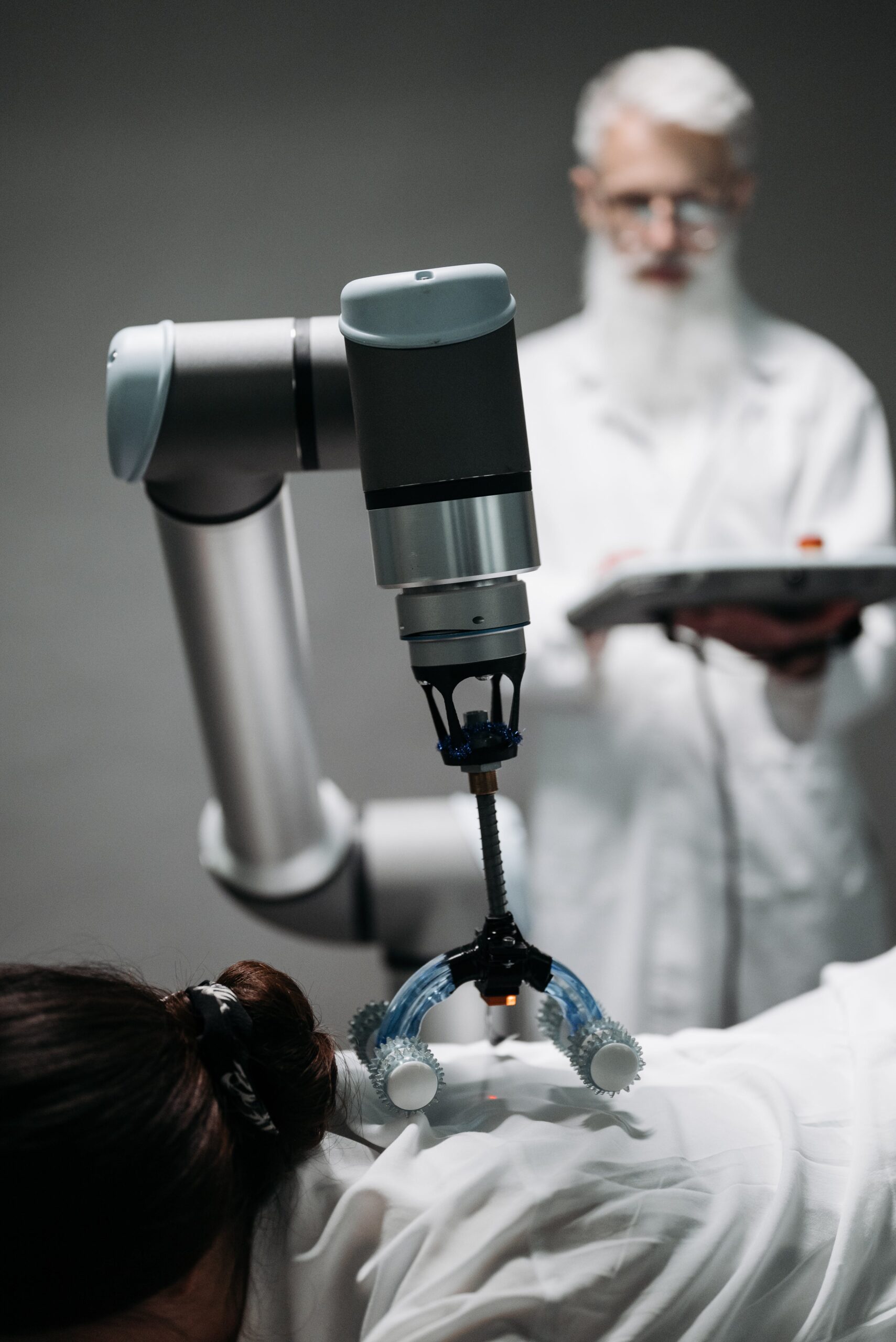
3.Articulated robots used in Entertainment
These are used in the entertainment industry for tasks such as animatronics, special effects, and puppetry. They can be programmed to perform complex movements and actions, resulting in lifelike performances and realistic special effects. Beyond their use in mainstream entertainment, these robots are also finding applications in virtual reality experiences, enhancing immersion for users.
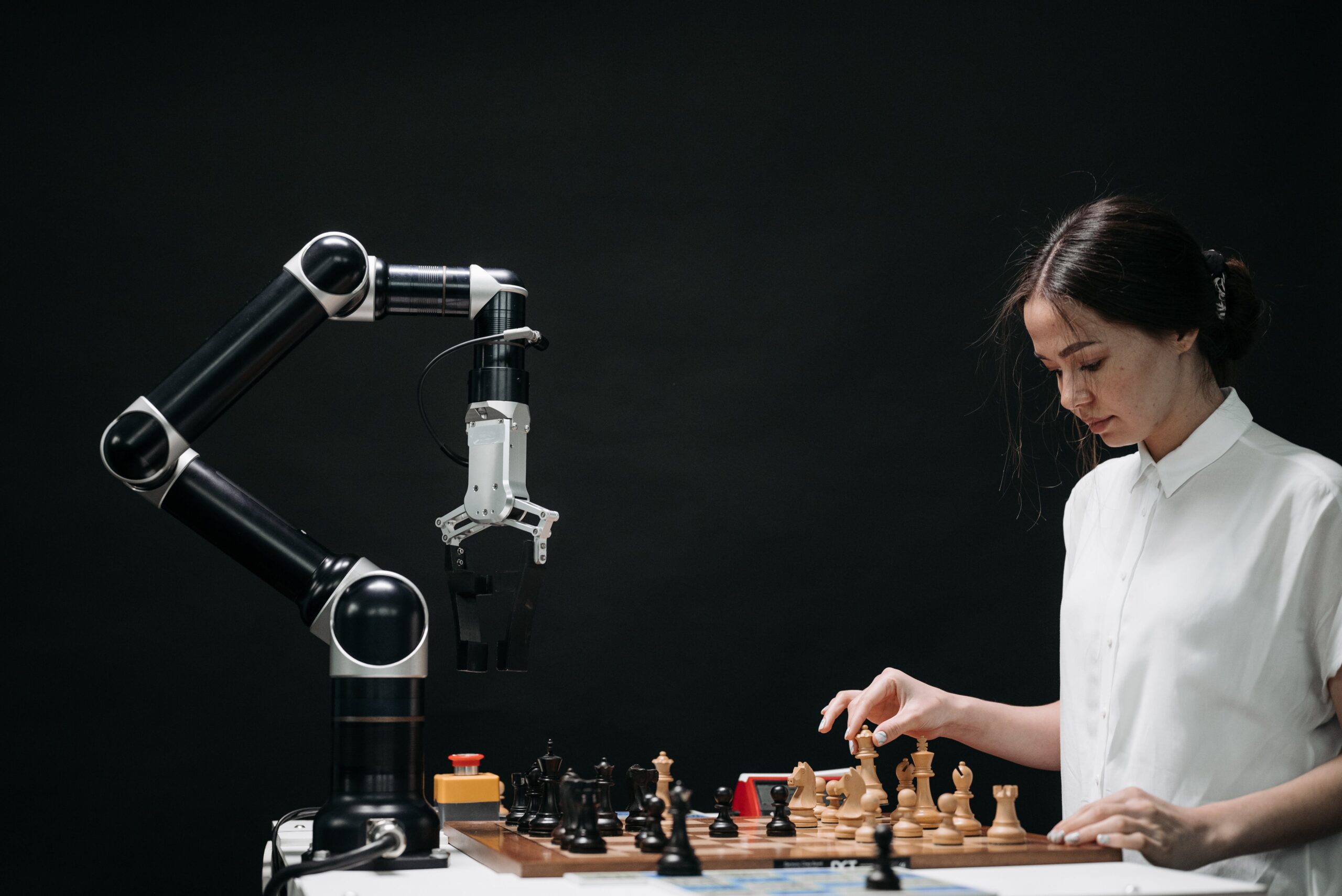
4.Military and Defense
These robots are used in the Military and Defense sectors as well, performing critical tasks such as bomb disposal and reconnaissance. Their deployment in these high-risk scenarios significantly reduces the risk of injury to military personnel, enhancing overall safety. The use of articulated robots in defense operations not only improves the efficiency and precision of tasks but also ensures that human lives are safeguarded in situations where security and safety are paramount.
5.Articulated robots used in Education
Articulated robots are increasingly being used in educational settings to teach students about robots and robotic automation. Robots are specifically programmed to perform a specific set of tasks, allowing students to learn about robotics in a hands-on, interactive way.
6.Articulated robots used in Agriculture
In agriculture, farmers utilize articulated robots for tasks such as planting and harvesting. These robots contribute to increased efficiency and precision in agricultural operations, reducing reliance on manual labor and enhancing overall productivity in the farming sector.
7.Research and Development
In our bustling research and development labs, articulated robots have become indispensable teammates. Their role extends to a variety of tasks, from meticulously assembling prototypes to conducting intricate experiments and gathering valuable data. The remarkable flexibility of these robots allows our researchers to automate mundane and repetitive tasks, empowering them to delve into the more nuanced and complex dimensions of their work.
8.Food Industry
Within the dynamic landscape of the food industry, articulated robots are the unsung heroes streamlining various processes. Their adept handling is crucial in tasks such as sorting, packaging, and maintaining rigorous quality control standards for our food products. These robots are instrumental in ensuring not just efficiency but also upholding the highest levels of hygiene and quality throughout our food manufacturing processes.

9.Packaging Industry
In the heart of our packaging operations, articulated robots stand as reliable workhorses. They take charge of tasks ranging from the precise picking and packing of products to the meticulous palletizing of goods. By seamlessly integrating these robots into our packaging lines, we’ve witnessed a significant boost in throughput and a notable reduction in errors, creating a more agile and efficient packaging process. The adaptability of these robots is a cornerstone in fine-tuning and optimizing our overall packaging operations.
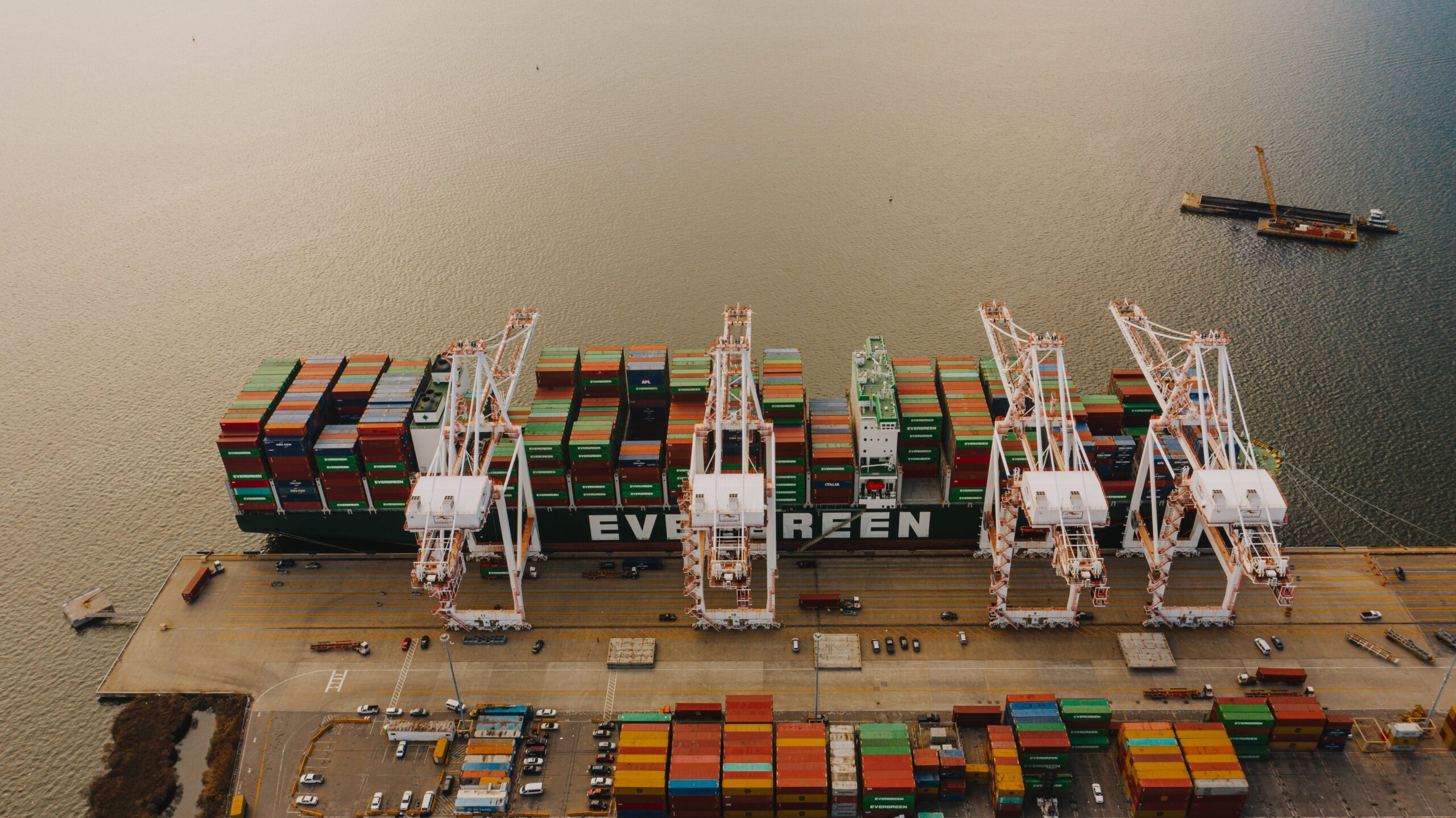
10.Telecommunications
Articulated robots are being employed in the telecommunications industry for tasks like cable laying and maintenance of communication infrastructure. These robots can navigate complex networks and perform intricate tasks, contributing to the reliability and efficiency of telecommunication systems. Their deployment minimizes service disruptions and facilitates the rapid expansion and maintenance of communication networks.
Do you want to know about Python programming? 🐍
Do you want to know about PICO-Technology
Future Developments in Articulated Robots
- Artificial intelligence: When we integrate artificial intelligence into these robots, they can easily learn and adapt to new tasks, thereby assisting humans in achieving greater productivity.
- Collaborative robots: Collaborative robots, or “cobots,” will become more prevalent in the future of articulated robotics. These robots are designed to work alongside human workers, performing tasks that are too dangerous, repetitive, or strenuous for humans to perform.
- Enhanced sensory capabilities: As sensor technology continues to improve, articulated robots will be able to sense and respond to their environment in more sophisticated ways. This will allow robots to adapt to changing environments and perform more complex tasks.
For more…
conclusion
In conclusion, articulated robots, evolving since the 1950s, have seamlessly integrated into various sectors, becoming indispensable across manufacturing, healthcare, entertainment, military, education, agriculture, research, food, packaging, and telecommunications.
Within manufacturing, they contribute to enhanced precision and speed, ensuring increased productivity and safer working conditions. The healthcare sector benefits significantly from their precise applications in surgeries and medication processes, leading to improved patient outcomes. Moreover, in entertainment, articulated robots have elevated realism in animatronics and special effects, transforming the way we experience various forms of media.
Their pivotal role in military and defense minimizes risks to human lives, exemplifying adaptability and reliability. In education, these robots have become interactive tools, creating a dynamic learning environment. Agriculture witnesses improved efficiency in planting and harvesting through the integration of articulated robots. Research and development labs leverage their flexibility for experiments, propelling scientific advancements.
In the food and packaging industries, articulated robots maintain high standards of hygiene and quality control. In telecommunications, they navigate complex networks, ensuring seamless operations. Looking ahead, the integration of artificial intelligence will further amplify their adaptability, making them productive and capable of handling increasingly complex tasks.
The collaborative nature of robots, known as ‘cobots,’ working alongside humans, is set to address dangerous and repetitive tasks effectively. As sensory capabilities improve, these robots adeptly adapt to changing environments, executing intricate tasks with precision. The promising future of articulated robots foresees a revolution in human experiences across various fields, promising innovation and heightened efficiency.
FAQs


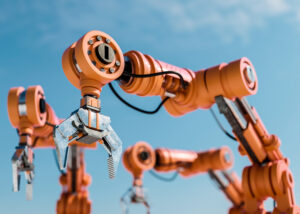



2 thoughts on “Where are articulated robots used the most?”